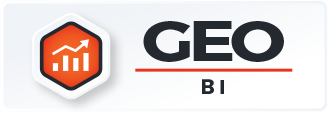The business intelligence (BI) landscape is more competitive—and more essential—than ever. In 2025, organizations aren’t just looking for flashy dashboards. They need tools that offer real-time insights, integrate seamlessly with their tech stack, and empower every team member to act quickly. From mobile business intelligence to AI-powered analytics, the best business intelligence software stands out by delivering decision-ready data that’s actionable, accessible, and aligned with organizational goals.
Whether you’re leading a startup, scaling a franchise, or optimizing enterprise operations, the right BI platform can make or break your ability to stay ahead of the curve. Here’s what separates the leaders from the pack—and why companies of all sizes are turning to platforms like Mapline to visualize, automate, and optimize faster than ever.
Core Features of Leading BI Tools
Modern BI tools must do more than report on yesterday’s numbers. The best business intelligence software platforms support forward-looking strategy, frictionless collaboration, and custom analytics that reflect real business objectives. Expect deeper integrations, cleaner user experiences, and stronger mobile capabilities as teams demand access to insights wherever they are.
What truly sets apart the best business intelligence software (BI) is their ability to adapt to your business—not the other way around. Custom dashboards, real-time sync, and user-level control are no longer optional. For many organizations, especially those with location-based operations, map-first intelligence like Mapline offers the clearest edge. The ability to layer datasets, visualize spatial trends, and automate territory logic changes how teams act on data across departments.


Pro Tip: Looking for a BI platform that brings your location data to life? Try Mapline’s intuitive, map-first dashboards to explore real-time insights, forecast smarter, and automate the territory planning process—without the learning curve.
Built for AI-Powered Analytics
Artificial intelligence is transforming how companies interpret and act on data. While some platforms offer advanced modeling tools for data scientists, others—like Mapline—prioritize usability and accessibility so that business users can access insights on demand. AI-powered analytics doesn’t always mean flashy prompts or chatbot interfaces. Sometimes, it’s smart machine learning built into the logic behind forecasts, territory balancing, or dynamic routing.
Tools like Power BI and Tableau offer robust AI modules for enterprises with dedicated analysts. Meanwhile, lighter-weight solutions are emerging with a focus on prebuilt insights and guided workflows. In all cases, AI works best when combined with clean, accurate business data—and BI platforms that can help automate and visualize that data are leading the charge.
Integration-Ready Dashboards
One key trend in 2025 is the shift toward BI dashboards that fit seamlessly into your existing workflows. The best business intelligence softwares and tools now support integration with platforms like Zendesk, Klaviyo, and Slack, allowing users to surface insights exactly where they’re needed—whether in a customer support dashboard or a real-time sales notification.
For example, a Zendesk dashboard can help customer service teams track response times and support volume trends, while Klaviyo dashboards provide a live look at email campaign performance. Slack analytics dashboards are becoming more common for team productivity and engagement tracking. BI tools that offer connectors or APIs for these platforms help consolidate operational visibility and break down silos across departments.
Cloud-Based and Mobile BI Tools
Cloud-first infrastructure is now the default—not a differentiator. The best business intelligence software platforms offer secure, scalable cloud deployment that supports mobile access, offline sync, and data sharing across devices. Mobile business intelligence has gained traction in industries like logistics, sales, and field service, where remote teams need data in motion.
Mapline’s cloud-based platform, for instance, allows users to generate real-time maps and dashboards from any device. This flexibility gives field teams, sales reps, and franchise operators the ability to act on insights at the point of decision—without needing to request or wait for reports from HQ.
Best Business Intelligence Software by Industry
Not all BI tools are created equal across industries. The best business intelligence software for your company should offer industry-specific features, templates, and data connectors that make analysis faster and more relevant. From healthcare and retail to manufacturing and logistics, here’s how BI tools are shaping vertical growth strategies in 2025.
BI for Retail Analytics
Retailers rely heavily on regional performance tracking, customer segmentation, and inventory forecasting. Retail analytics tools help store managers and regional leaders align product offerings with local demand, monitor campaign ROI, and identify underperforming locations. Mapline’s location-based visualizations offer a quick way to assess market saturation, optimize store layouts, and track consumer patterns across franchises or geographies.
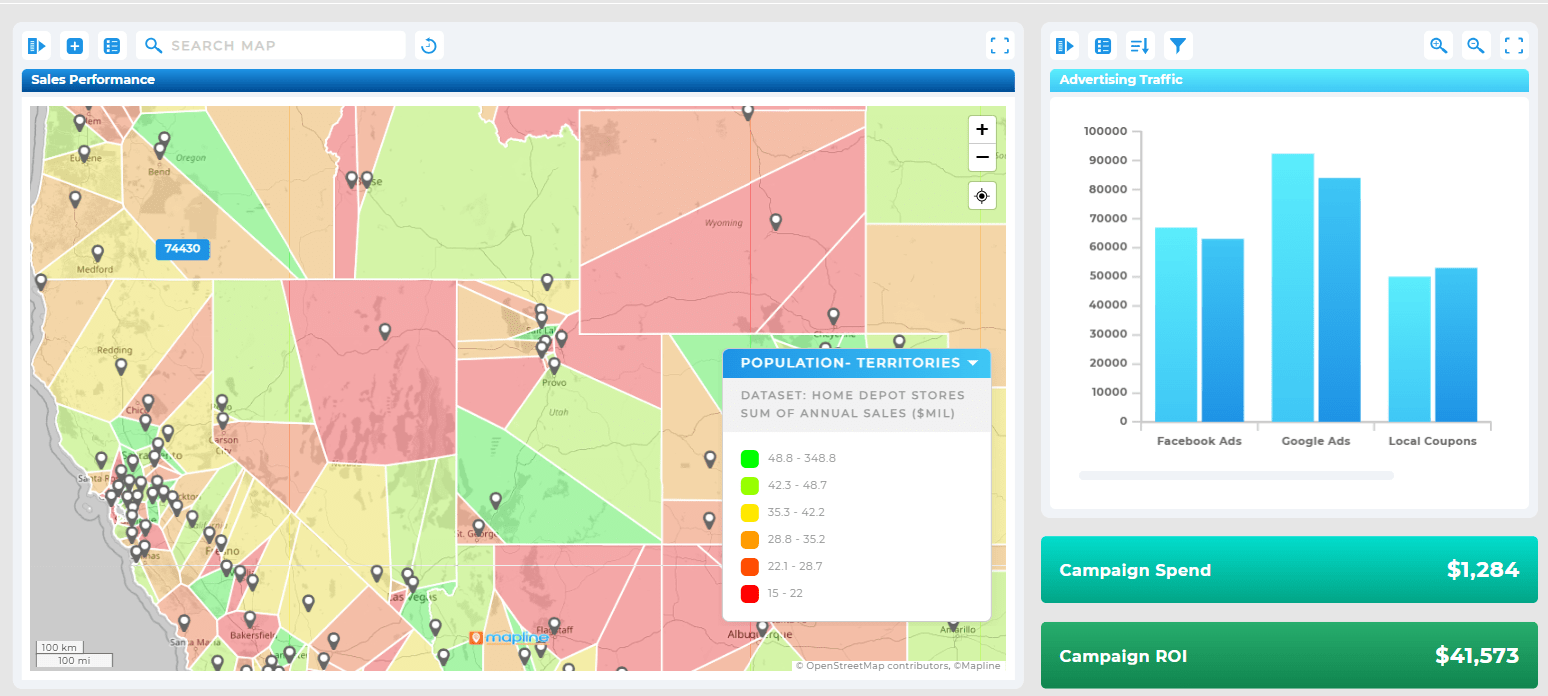
Healthcare BI Tools
In healthcare, BI software plays a critical role in patient outcomes, resource allocation, and regulatory compliance. Healthcare BI tools must balance security with usability, offering role-based dashboards that provide insight into facility performance, scheduling gaps, and patient volume trends. Mapline supports health networks by mapping service areas, planning outreach, and helping clinics spot geographic access gaps.
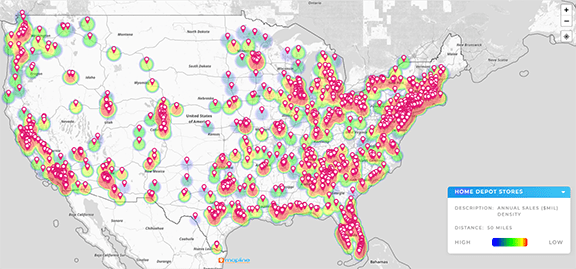
Business Intelligence for Manufacturing
Manufacturers use BI platforms to track supply chain efficiency, reduce downtime, and forecast production needs. The best BI tools for manufacturing deliver predictive analytics, real-time operations tracking, and line-level performance views. With Mapline, teams can visualize production data geographically to monitor supplier distribution, plant coverage, and regional bottlenecks with ease.
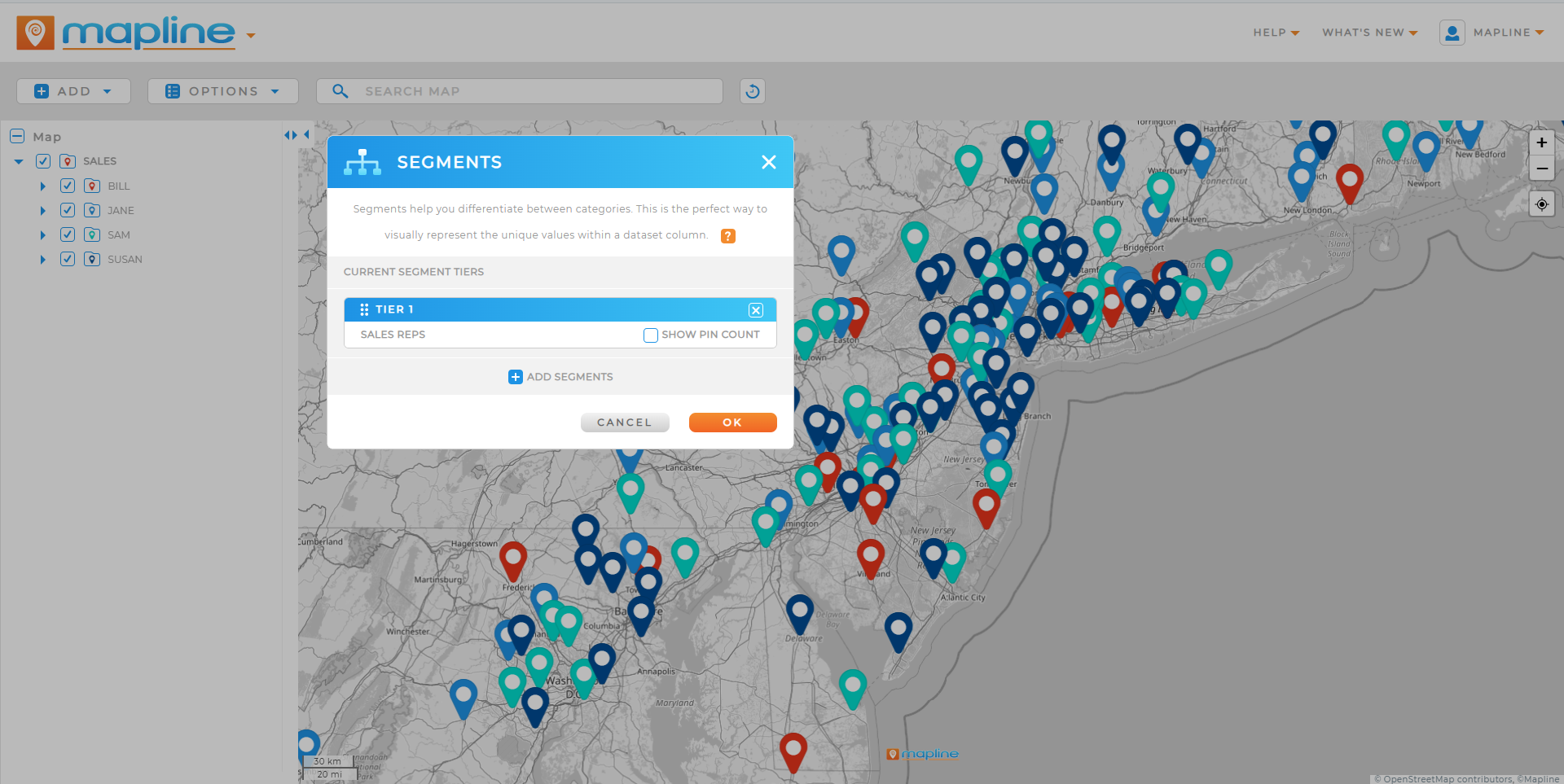
BI for Logistics and Supply Chain
Supply chain leaders need a real-time view of routes, warehouses, and delivery zones. Cloud-based BI tools with mapping capabilities allow operations teams to identify shipping delays, plan efficient routes, and optimize dispatch schedules. Having the best business intelligence software, Mapline supports this with advanced routing logic, territory-based tracking, and integrations that help logistics providers scale operations without sacrificing visibility.
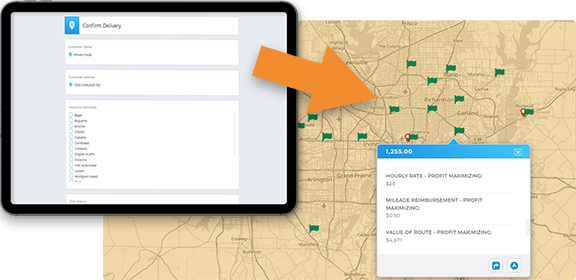
How Mapline Stacks Up
Mapline stands out in 2025 by offering a location-first BI platform that’s simple to adopt, yet powerful in scope. While many of the most used BI tools offer advanced modeling, they often come with steep learning curves or enterprise pricing tiers. Mapline fills the gap with the best business intelligence software with intuitive dashboards, map-based reporting, and automation tools that give growing businesses an edge—without needing a full-time analyst to unlock insights.
With AI-assisted routing, machine learning–powered territory balancing, and fully customizable map overlays, Mapline offers a blend of strategic foresight and daily usability. And with tools for route optimization, demographic layering, and spatial analysis built in, businesses across industries—from retail and healthcare to logistics and manufacturing—can track what matters most in real time.
The best BI tools in 2025 offer a combination of user-friendly design, advanced analytics capabilities, and seamless integrations. They support real-time decision-making, include location intelligence features, and prioritize mobile and cloud access to keep teams agile and connected.
Leading BI platforms include Mapline, Power BI, Tableau, and Looker. Each serves different business needs—Mapline excels in location-based insights and territory planning, while others offer robust visualization or enterprise integrations. Choosing the right platform depends on your goals, industry, and team structure.
Yes. Many top platforms use AI or machine learning to improve forecasting, trend detection, and data interpretation. While not all platforms offer true AI functionality, most include some level of predictive modeling, anomaly detection, or smart reporting that enhances insights.
Different industries require different BI strengths. Retail businesses often need customer segmentation and foot traffic analysis. Healthcare organizations look for secure, HIPAA-compliant analytics. Manufacturing and logistics prioritize supply chain visibility and performance tracking. The best BI tools offer industry-specific templates or flexible customization.
Absolutely. Mapline is built to support businesses of all sizes—whether you’re managing a single sales team or coordinating logistics across multiple regions. Its intuitive interface and powerful mapping features make it ideal for lean teams, while its robust API and data tools scale easily with larger operations.






